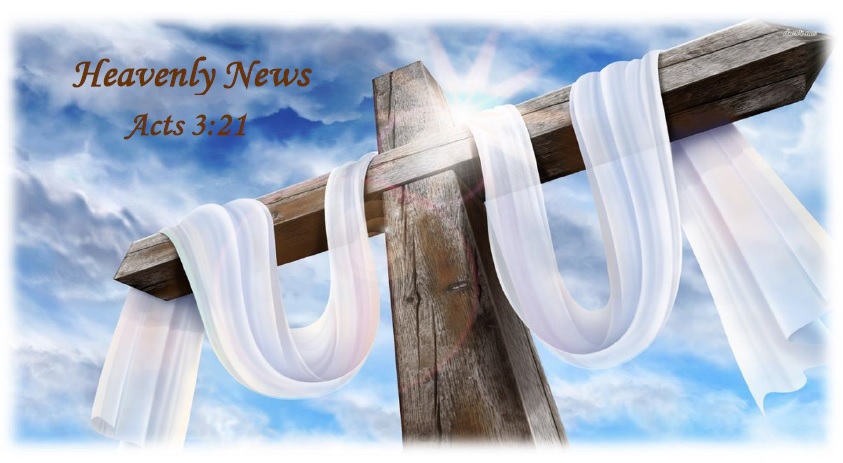IN THE THRONE ROOM
STUDY GUIDE
Revelation 4:1-11
1. The scene shifts from matters concerning the church on earth to a dramatic scene in heaven.
2. John was transported spiritually into the reality of heaven. Some see in this command a reference to the rapture of the church. The door was in heaven and John was on earth, but Jesus had preceded him into heaven, and now he was to go up to meet Him there. John had become, to all intents and purposes, one of those who would be alive when the Lord returns. (Matthew 17:1-9)
3. The throne is a symbol of God’s sovereign rule and authority (Psalm 11:4; 103:19; Isaiah 66:1) located in the temple in heaven (Revelation 7:15; 11:19; 14:15, 17). The throne is said to be “set” or “standing.”
4. Here, the Creator of the Universe is pictured sitting on His throne which speaks of reigning because judgment is about to take place (Isaiah 6:5; Ezekiel 1:28; Daniel 7:15).
5. The jasper and Sardis stones depict God’s covenant relationship with Israel. The names of Reuben (“behold a son”) and Benjamin (“son of my right hand”) picture God the Son, the Lord Jesus Christ, sitting at His Father’s right-hand in glory.
6. The emerald was the stone of Judah, whose name means “praise.” The rainbow that Ezekiel and John saw around the throne was circular.
7. The 24 elders on 24 thrones represent the raptured, glorified, coronated church, which sings the song of redemption (Revelation 5:8-10). They have their crowns and live in the place prepared for them, where they have gone to be with Jesus (John 14:1-4).
8. 7 lamps and 7 spirits represent the sevenfold representation of the Holy Spirit In Isaiah 11:2 it speaks of Hisdeity (LORD), wisdom, understanding, counsel, strength, knowledge, fear (reverence), and; in Zechariah 4:1-10 of power; in Revelation 1:4 of grace and peace; and here of fiery judgment.
9. The sea of glass was the base of the throne which was a vast pavement of sapphire glass shining brilliantly like sparkling crystal (Exodus 24:10; Ezekiel 1:22, 26).
10. Ezekiel 10:15 identifies these 4 living creatures as “cherubim,” an exalted order of angels associated with God’s holy power (1 Samuel 4:4; 2 Samuel 6:2, 22:11; Psalm 80:1; 99:1; Isaiah 37;16). In Isaiah 6:1-7, they are called “seraphim,” which means “fiery ones,” and are of the same order of the cherubim.
11. The first doxology of praise is directed to God the Father. Holy, holy, holy – Holiness is the only one of God’s attributes so repeated. It is the summation of all that He is. God’s holiness is his utter and complete separation from evil in any and every form. He is perfectly holy in His work of creation, redemption, and consummation.
12. Lord God Almighty – The term “Almighty” identifies God as the strongest, most powerful being, who’s conquering power, and overpowering strength none can oppose.
13. Who lives forever and ever – To know that God is eternal provides comfort for His children. God’s eternity guarantees that our eternal life in heaven will never cease (2 Corinthians 4:17).
14. The second doxology of praise is also directed to God the Father. The focus of the elders’ song is on God’s glory manifested in creation. They are acknowledging that God has the right to redeem and to judge His creation. Their song anticipates paradise lost becoming paradise regained (Romans 8:19-22).
©2013 Kenute P. Curry. All rights reserved.


No comments:
Post a Comment